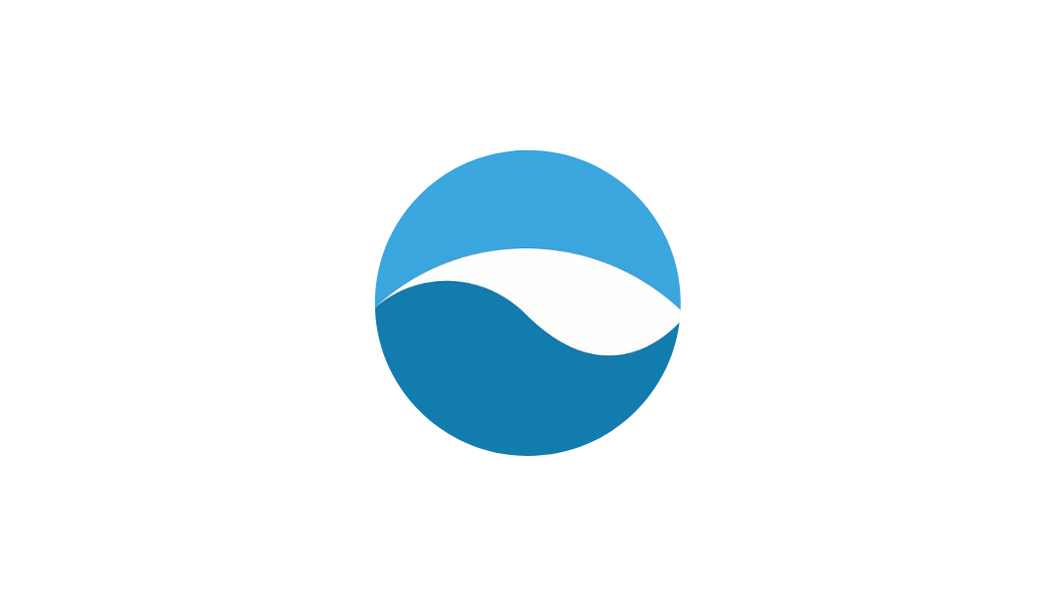So, you’re poppin’ up like a pro, but you’re nosediving like you’re in the nosebleed section.
How do you know what you’re doing wrong and how do you fix it?
Paddling:
1. Check your position when lying down on the board. If you’re too far forward then your pop-up will be too far forward and you’ll nosedive.
2. Check your hand position on the board. It will seem more natural to place your hands closer to your head, but you need to place them closer to your chest. Where you place your hands determines a lot of your landing position.
3. Double check your back is arched in the cobra position. To read more on this, check our blog post here.
4. If water is lapping over the nose of the board then you are lying too far forward. Adjust your position slightly by shuffling backwards.
Riding the wave:
1. Choose the correct wave!
2. Beginners: don’t go for the dumping waves – these are the waves that look like barrels. Stick to the white water until you have an 80% success rate when popping up. Once you achieve this, you can start practicing on the green waves.
3. Intermediates: nose diving for intermediate surfers generally occurs due to poor timing when popping up. If you jump too early, the wave will pass and you will watch it roll towards the beach without you. If you jump too late you'll nosedive. The act of jumping to your feet at the perfect time allows you to change the trajectory of the surfboard and prevent nosediving.
4. If you can feel your stance is too far forward, you can lean more on your back foot.
5. Like any sport, you want to keep your head and your eyes up. If you look down after you’ve popped up, your body is only naturally going to follow and you will nosedive.
6. Keep your stance low by bending your knees.
In the photo below you can see the surfer is ready to pop-up. This is considered good timing as they will jump to their feet at the crest of the wave and negotiate down the face on their feet.
As you can see below, the surfer has jumped to their feet at the crest of the wave which has allowed them to negotiate “the drop” down the face of the wave on their feet. By doing so, they can stop nosediving by easily placing weight onto their back foot.
We understand that nosediving is common and frustrating. But with proper instructions and wave selection it can be mitigated quite easily!
















